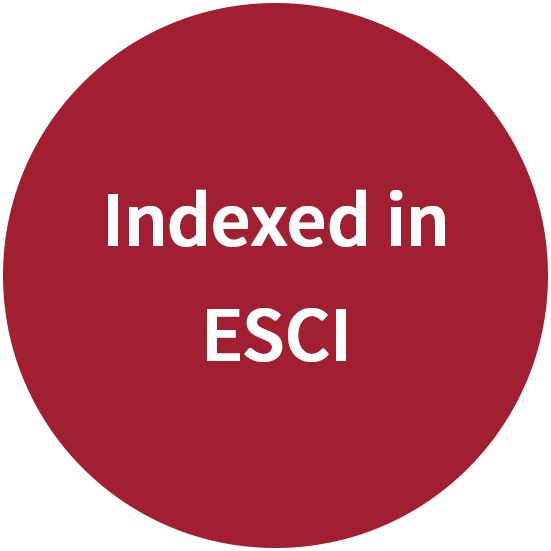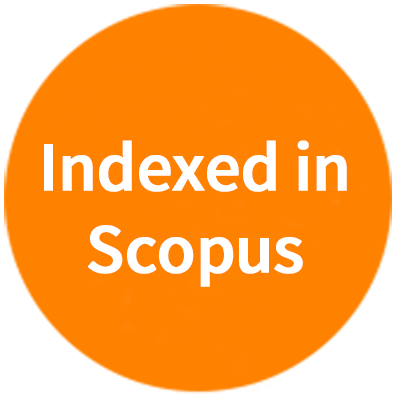Special issue on Fabry disease - book 1: editorial
Fabry disease (FD) is far from a simple lysosomal storage disorder (LSD), if indeed any one of this group of 70 disorders could be considered simple. FD, an X-linked LSD, has long been recognized for its complex pathophysiology and varied clinical manifestations. Our understanding of its pathophysiological mechanisms has significantly advanced since the first descriptions by Anderson[1] and Fabry[2] in 1898, the discovery of the lysosome by Christian de Duve in 1955[3], the elucidation of the enzyme defect by
The article titled “Investigating Fabry disease - some lessons learned”, authored by Prof. R. Schiffmann, discusses uncertainties related to FD expression, disease progression, and treatment response[6]. The next article by Feriozzi and Rozenfeld[7] delves into an emerging understanding of the pathophysiology underlying Fabry disease, highlighting the important role of immunoinflammation in disease progression. This important work sheds light on how understanding these immunoinflammatory processes could guide new therapeutic strategies aimed at mitigating inflammation and preserving organ function.
One of the difficulties in managing FD is the lack of biomarkers that directly correlate with disease burden and treatment response. In the following article by Aguiar[8], the focus shifts to biomarkers that could be used in clinical practice and may help in decision making regarding diagnosis, monitoring, and management, including determining the optimal time to commence treatment. Identifying reliable biomarkers is crucial for early detection and intervention, which may significantly alter the disease trajectory. This article offers a roadmap for future studies aimed at standardizing biomarker use in the management of Fabry disease.
As we journey through this Special Issue, we move on to a critical discussion of Fabry nephropathy. The article by West et al. provides a detailed examination of the renal implications of Fabry disease, particularly focusing on the various treatment modalities available today[9]. Drawing on our experiences with enzyme replacement therapy and other emerging treatments, there is optimism for improving renal outcomes and the quality of life for affected individuals. This article emphasizes the importance of early diagnosis and timely therapeutic interventions, reinforcing the notion that while Fabry nephropathy is a serious condition, it can be managed with a proactive approach.
Gastrointestinal manifestations of Fabry disease are often underappreciated but can significantly impact patients’ quality of life. The article by Politei and Solar[10] highlights these often-overlooked symptoms, ranging from abdominal pain to altered bowel habits. By detailing the prevalence and potential underlying mechanisms of gastrointestinal issues in Fabry patients, the authors underscore the necessity for healthcare providers to recognize and address these symptoms in a holistic approach to patient care.
You can also watch the special interview with Dr. Politei
Finally, we conclude with an exploration of stroke in Fabry disease. The article by Moreno-Martínez et al. delves into the increased risk of cerebrovascular events in this patient population[11]. Given the devastating consequences of strokes, understanding the risk factors and preventive measures is critical. This comprehensive review not only discusses clinical implications but also highlights potential pathways through which Gb3 accumulation may increase stroke risk, emphasizing the need for a prevention strategy.
Collectively, these articles advance our understanding of Fabry disease, promoting a multidisciplinary approach that incorporates genetic, biochemical, and therapeutic insights. This Special Issue serves as a timely reminder of the challenges faced by individuals living with Fabry disease, while also showcasing the advancements that open doors to improved diagnostics and therapies.
In conclusion, we hope that this collection inspires ongoing research and fosters collaboration aimed at unraveling the complexities of Fabry disease. By continuing to explore the intersections of genetics, immunoinflammation, biomarker development, renal treatment options, gastrointestinal care, and stroke prevention, we can better support the Fabry community and enhance patient outcomes. We invite our readers to engage deeply with the articles presented in this issue, recognizing the critical role each plays in the broader narrative of understanding and managing Fabry disease.
As we further explore the multifaceted landscape of Fabry disease through this Special Issue, we are pleased to announce the upcoming release of Book 2, which will further enrich our understanding and provide a comprehensive view of the complexities associated with this disorder. This anticipated volume will tackle critical aspects crucial for both clinicians and researchers committed to improving the lives of those affected by Fabry disease.
DECLARATIONS
Authors’ contributions
Conception, design, and writing of the article: Hughes D, Pintos-Morell G
Availability of data and materials
Not applicable.
Financial support and sponsorship
None.
Conflicts of interest
Both authors declared that there are no conflicts of interest.
Ethical approval and consent to participate
Not applicable.
Consent for publication
Not applicable.
Copyright
© The Author(s) 2024.
REFERENCES
2. Fabry J. Ein Beitrag zur Kenntniss der Purpura haemorrhagica nodularis (Purpura papulosa haemorrhagica Hebrae) Arch Dermatol Syph 1898;43:187-200.
4. Brady RO, Gal AE, Bradley RM, Martenson E, Warshaw AL, Laster L. Enzymatic defect in Fabry's disease. Ceramidetrihexosidase deficiency. N Engl J Med. 1967;276:1163-7.
5. Desnick RJ, Brady R, Barranger J, et al. Fabry disease, an under-recognized multisystemic disorder: expert recommendations for diagnosis, management, and enzyme replacement therapy. Ann Intern Med. 2003;138:338-46.
6. Schiffmann R. Investigating Fabry disease - some lessons learned. Rare Dis Orphan Drugs J. 2024;3:4.
7. Feriozzi S, Rozenfeld P. The inflammatory pathogenetic pathways of Fabry nephropathy. Rare Dis Orphan Drugs J. 2024;3:11.
8. Aguiar P. Biomarkers in anderson-Fabry disease: what should we use in the clinical practice? Rare Dis Orphan Drugs J. 2024;3:13.
9. West ML, Geldenhuys L, Bichet DG. Fabry nephropathy: a treatable cause of chronic kidney disease. Rare Dis Orphan Drugs J. 2024;3:22.
10. Politei JM, Solar B. Gastrointestinal involvement in Fabry disease. Rare Dis Orphan Drugs J. 2024;3:10.
Cite This Article
How to Cite
Download Citation
Export Citation File:
Type of Import
Tips on Downloading Citation
Citation Manager File Format
Type of Import
Direct Import: When the Direct Import option is selected (the default state), a dialogue box will give you the option to Save or Open the downloaded citation data. Choosing Open will either launch your citation manager or give you a choice of applications with which to use the metadata. The Save option saves the file locally for later use.
Indirect Import: When the Indirect Import option is selected, the metadata is displayed and may be copied and pasted as needed.
About This Article
Special Topic
Copyright
Data & Comments
Data


















Comments
Comments must be written in English. Spam, offensive content, impersonation, and private information will not be permitted. If any comment is reported and identified as inappropriate content by OAE staff, the comment will be removed without notice. If you have any queries or need any help, please contact us at [email protected].